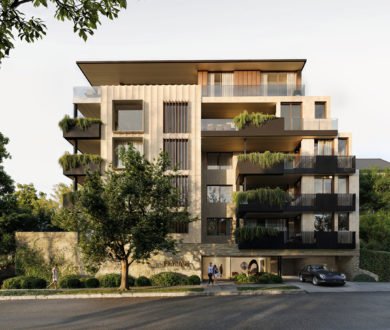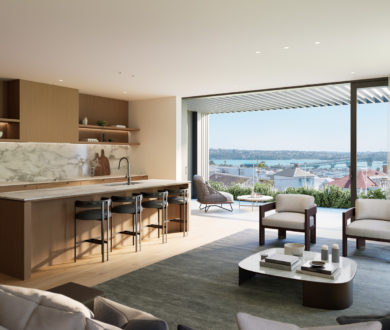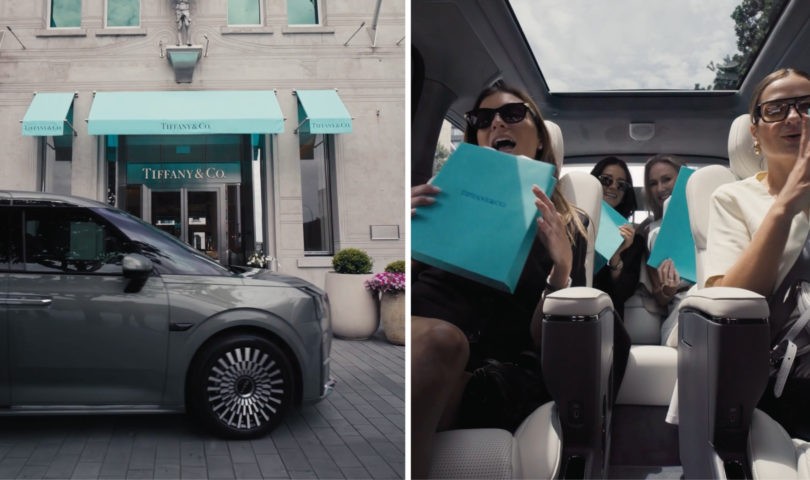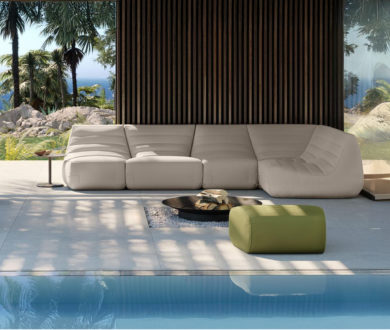Finding an interior designer with a distinct vision and capacity for versatility can be challenging. Sarah Foote, the Auckland-based designer known for her work across an array of scales, budgets, and contexts, understands this implicitly, and across the past eight years, has proved her mettle on both fronts.
Despite having renovated houses for over two decades, interior designer Sarah Foote only decided to turn her passion into a career eight years ago, tapping into her experience in management roles and time at Stanford Design School to bring a unique perspective to her practice. It was the ever-evolving nature of interior projects and the always winding path to great design that captivated her, “The process of creating and solving the complex puzzle that unfolds in every project drew me to interiors initially,” she tells me, adding, “My initial focus of villa renovations has evolved into multi residential projects and new builds, however the intent to create a seamless experience for clients still remains the same.”
For Foote, despite the context or client, her core philosophy is always the central axis around which everything evolves: “Every project is rooted in understated elegance,” she shares, “Spaces should have personality, but not feel too trendy.” As such, the sought-after designer looks to the honesty of materiality and the humanness of her clients for inspiration, drawing heavily on each inhabitant’s unique story and the materials that organically speak to her once she has an idea of requirements and restraints.
“Every project is rooted in understated elegance. Spaces should have personality, but not feel too trendy.”
Advocating strongly for enduring design, Foote places a firm emphasis on education up front, providing her clients with expert guidance on what will withstand long-term, and what might look great in the moment but won’t translate in a decade’s time. “Not everything needs to be a feature,” she states pragmatically, “In a world of Instagram and Pinterest, clients become overwhelmed with ideas. My role is to establish how to create cohesion.”
The designer has become an expert in creating elegant yet liveable spaces, crafting quietly luxurious homes that feel like a reprieve from the busyness of everyday life. Materiality plays a central role, and certainly brings an obvious grounding quality to the homes she works on, but there’s more to it than that; Foote is adept at cultivating a real sense of peace and belonging, “A home, above all, needs to be livable,” she shares.

Most recently, Foote has been working with Crosson Architects on her first multi-unit project in Elysian — a premium development of 16 architecturally designed apartments in the heart of Parnell. The project aligned with her own ideals and ambition, and the clarity of the design spoke to her ethos of quality and restraint. This shift in scale, moving from free-standing villas to multi-level apartments, was an opportunity the designer relished and has been preparing for in the background for some time. “I’m more process-driven than ever before,” she shares, “Something that my previous career has been an invaluable support for.”
In quintessential style, the Elysian’s interiors are elegant and understated while maintaining a distinctly luxurious edge. But this project is just a singular example of a wider body of work that speaks so beautifully to the New Zealand lifestyle — laid-back, with an edge.

Despite the scale she’s working to, Foote’s work is steeped in a reverence for materiality and respect for the individual needs of the inhabitants she’s designing for, bringing her unique penchant for functional and character-rich design to each and every project. “I love that with all AI and other emerging technologies I’m able to constantly improve the process side of my business, however, what I love most and get most excited about is that it’s still a people-centred business,” she states with pride, “We’re there to enhance the lives of clients with beautiful homes.” And in that respect, it’s evident that Foote’s practice extends well beyond spatial design alone.








